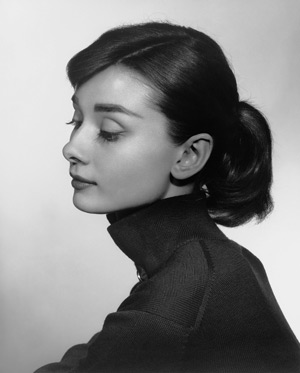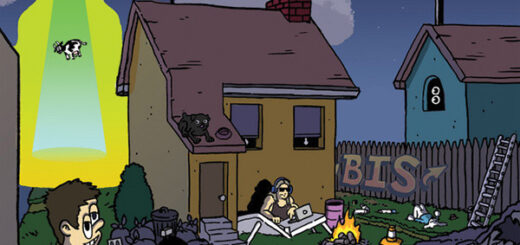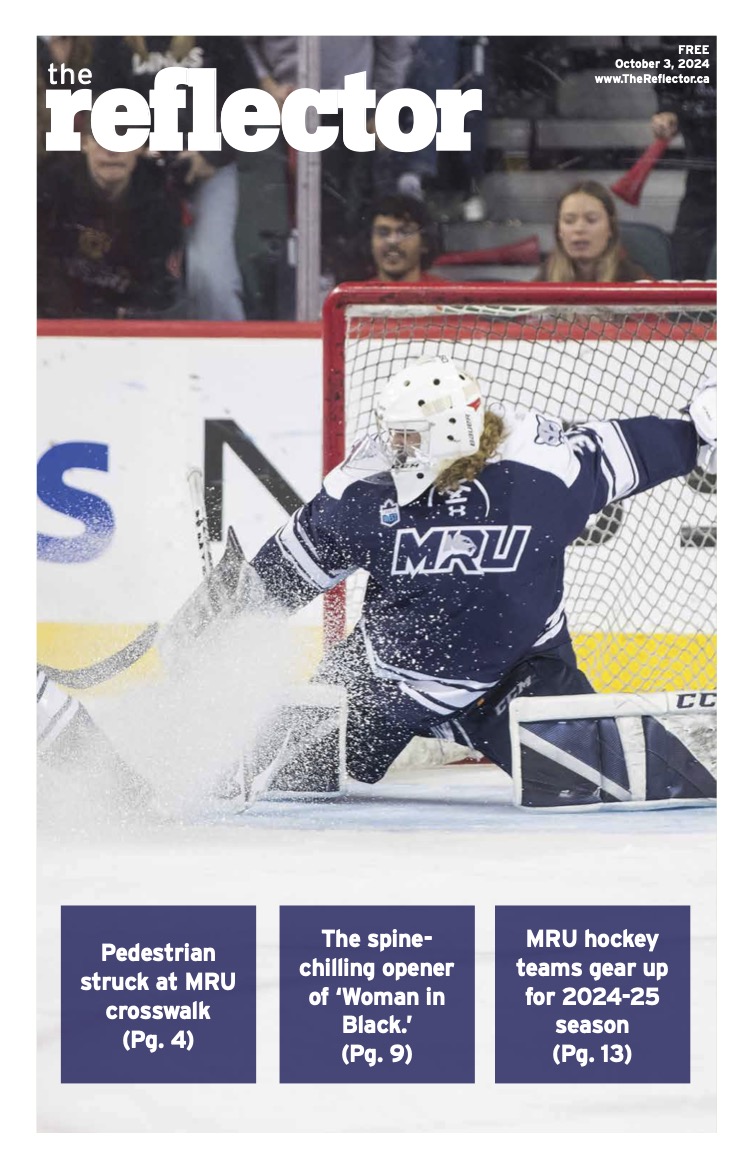Glenbow exhibit showcases Canadian photography legend
by Bri Turner
The Reflector

Photo courtesy of The Glenbow Museum, Yousuf Karsh’s ability to capture the essence of his subjects, such as Audrey Hepburn, created many iconic images.
Beginning April 2, Calgarians will have an opportunity to celebrate the life and work of Yousuf Karsh, one of the greatest Canadian portraitists in history, at the Glenbow Museum. While Karsh exhibitions have been numerous since his death in 2004, this one will be special, says the curator.
If you’re unfamiliar with the name, you’re certain to have seen his work. One such work is a famous portrait of Winston Churchill with a hand on his hip and a scowl on his face, taken in 1941. That arresting and iconic photo became the representative image of the man and Second World War-era attitudes.
“(The exhibition) features 100 prints from a collection of 200 that Karsh put aside himself as his favourites, developed by him personally. This is the first time they have all been seen together,” says Glenbow curator Colleen Sharpe.
Karsh was born in 1908 in Armenia and was raised during the horror of the Armenian Genocide. After fleeing to safety in Syria at 14, he finally arrived in Canada in 1925 to live with his uncle, an established photographer living in Quebec. As Karsh reminisced in his website’s autobiography, entering school in Canada “was for me a haven where I found my first friends. They not only played with me instead of stoning me, but allowed me to keep the marbles I had won. My formal education was over almost before it began, but the warmth of my reception made me love my adopted land.”
After training under the patient guidance and criticism of his uncle, Karsh continued on to apprentice under John H. Garo in Boston, where he further nurtured and expanded his remarkable talent for portraiture. He opened a studio in Ottawa in 1931 and, after establishing himself, he was granted the honour of photographing Winston Churchill. The rest, as they say, is history.
Over the course of his 93 years, Karsh staged over 15,000 sittings and captured the essence of some of the greatest and most memorable men and women who lived in the 20th century. With subjects ranging from Audrey Hepburn to Fidel Castro, Ernest Hemingway to Albert Einstein, Karsh’s work has left an indelible imprint on our collective image of historic icons.
“There is a certain intimacy to his work,” says Sharpe.
Sharpe has opted to enhance that intimacy by including in the exhibit Karsh’s personal anecdotes and commentaries on individual sittings and subjects, which range from wry humour to emotive and stirring.Images of Karsh’s photography of the Calgary Stampede from a 1954 article in Maclean’s will serve to create an even more accessible connection between visitors and the photographer.
Don’t miss the opportunity to see great politicians, actors, writers, artists and other people of importance from 1936-1990 visible from the wholly expository but undeniably dignified lens of Yousuf Karsh.





